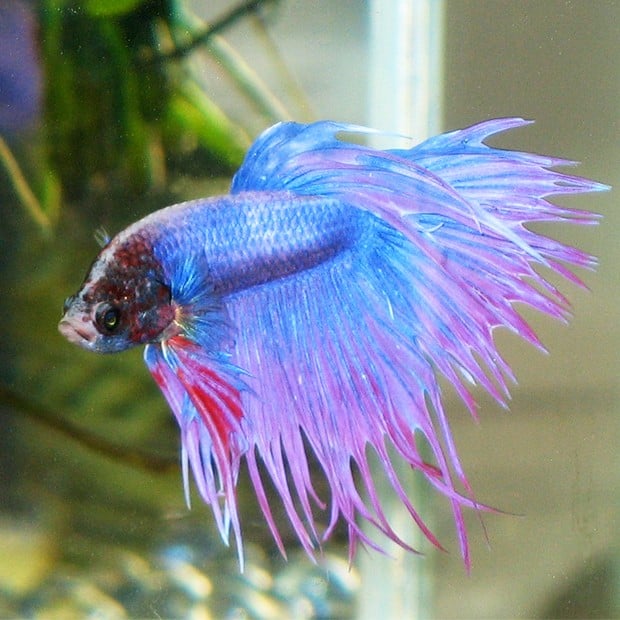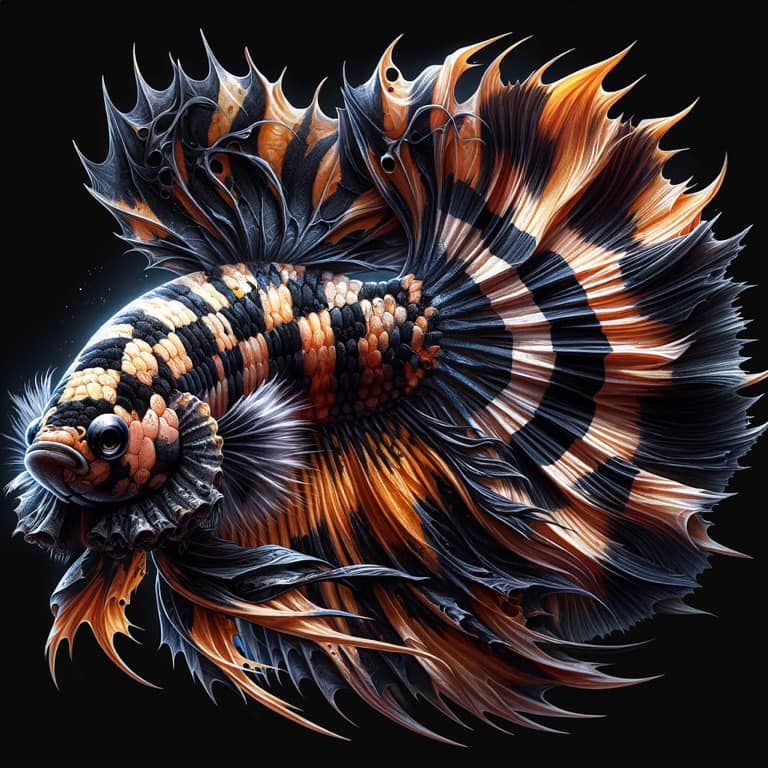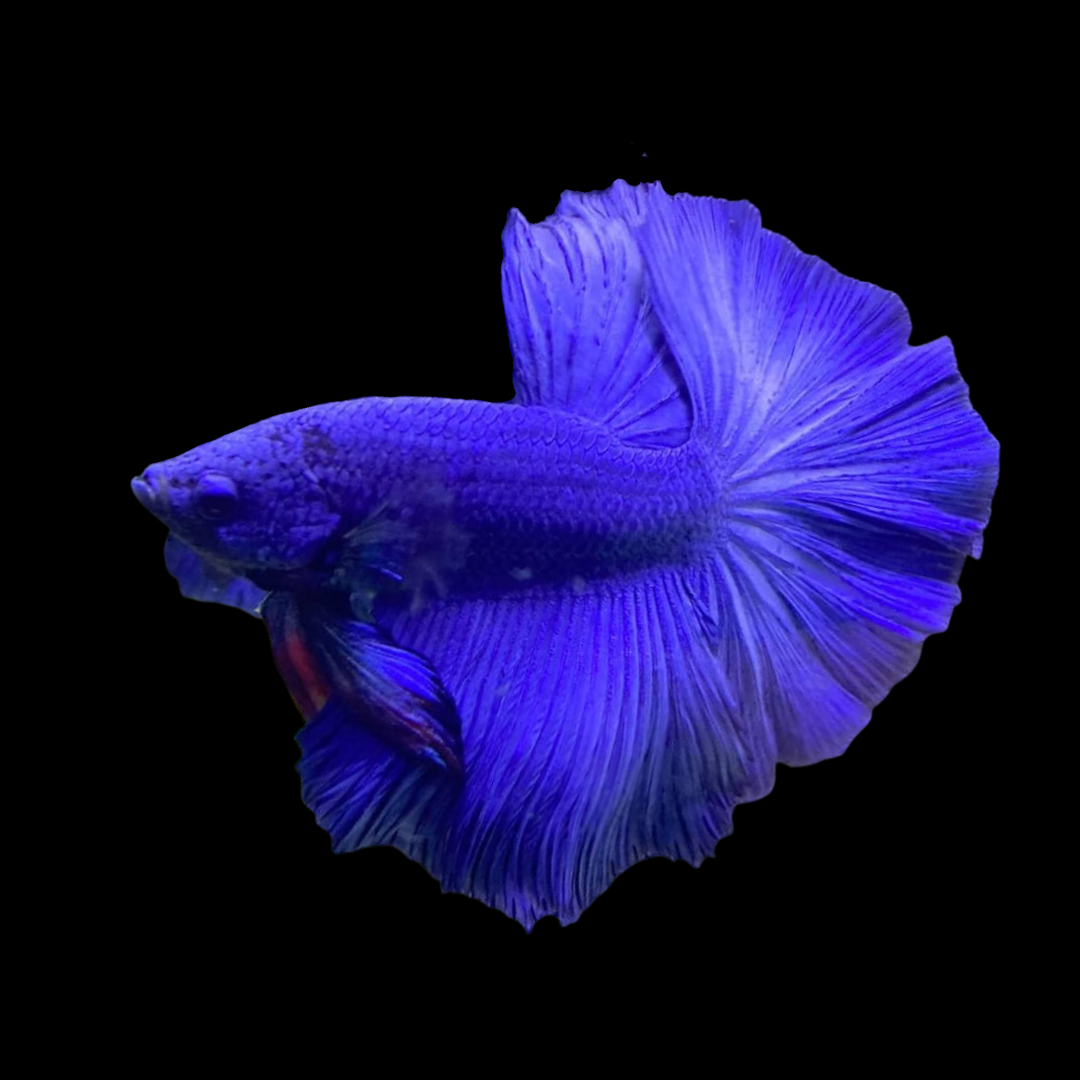Betta Fish Tank Configuration: A Step-by-Step Overview for Beginners
Reproducing Betta Fish: a Comprehensive Step-By-Step Guide to Effectively Raising Child Bettas From Eggs to Adulthood
Reproducing Betta fish is a meticulous endeavor that needs careful planning and execution to ensure the effective advancement of fry from eggs to develop fish. Selecting genetically diverse breeding sets with preferable characteristics is only the beginning; developing an ideal atmosphere and recognizing the ins and outs of the breeding procedure are similarly critical. As the male Betta carefully constructs a bubble nest and guards the priceless eggs, the succeeding phases of treatment and shift need focus to information and understanding of finest practices. Exactly how does one navigate the difficult yet gratifying path of supporting these vivid animals to the adult years?

Picking Reproduction Pairs
When starting the trip of reproducing Betta fish, picking the ideal reproduction pairs is crucial to attaining desirable traits and a healthy and balanced family tree - betta fish. The initial step in this process is to recognize the certain characteristics you want to improve or maintain, such as shade, fin type, and physique. It is vital to choose genetically varied pairs to prevent inbreeding, which can lead to health problems and unwanted qualities
Evaluate prospective breeding prospects thoroughly. A healthy male Betta ought to show vivid colors, an active behavior, and well-formed fins, while the female should likewise display vivid pigmentation and a rounded belly, showing preparedness for spawning. Observing the temperament of both fish is vital, as aggressive or excessively shy individuals may not reproduce successfully.
Maintaining documents of the parent fish's ancestry can help you track hereditary attributes and prospective issues. Eventually, investing time in the selection process will dramatically boost the chance of generating strong, dynamic spawn that satisfy your breeding objectives.

Preparing the Breeding Container
Developing an optimum reproduction environment is a crucial step after picking ideal pairs for Betta fish. The reproduction tank should be especially designed to supply convenience and promote the all-natural breeding behaviors of the fish. Start with a storage tank dimension of a minimum of 10 gallons to make sure sufficient space for both the man and female Bettas.
Keep a gentle purification system to maintain the water tidy while staying clear of solid currents that can worry the fish. In addition, an air rock can be included in supply oxygenation without disrupting the water surface also a lot.
Temperature level guideline is important; aim for a steady series of 78-82 ° F(25-28 ° C) making use of a trustworthy heating unit. The pH degree should be preserved in between 6.5 and 7.5, and routine water changes are needed to make sure high water quality.
Include floating plants or spawning sponges to create hiding spots for the lady, while likewise encouraging bubble nest structure by the male - betta fish. Make certain the storage tank is complimentary from sharp designs and any kind of possible dangers, as the well-being of the fish must always be prioritized throughout this essential stage of reproduction.
The Breeding Process
Usually, the breeding procedure for Betta fish entails a collection of distinctive and observable behaviors that indicate preparedness for reproduction. The male Betta starts by developing a bubble nest at the water's surface area, which offers as a site for the fertilized eggs. This nest is crucial, as it supplies a secure setting for the eggs until they hatch out.
As soon as the nest is established, the man will present courtship behaviors, such as flaring his fins and exhibiting vivid colors to bring in the woman. The lady, upon picking up the male's preparedness, will react by presenting vertical stripes along her body, indicating her receptiveness.
The fertilized eggs then drop to the bubble nest, where the male meticulously gathers and returns them to the nest. Following this, the male thinks obligation for safeguarding the nest and making sure the security of the eggs up until they hatch, generally within 24-36 hours.
Taking Care Of Betta Fry
Caring for Betta fry needs mindful interest to their atmosphere and nutrition to make certain healthy growth and growth. After hatching, Betta fry are exceptionally tiny and susceptible, demanding a secure and clean habitat.
Feeding Betta fry is just as crucial. They need to be used infusoria or finely smashed top quality fry food, as their click for more mouths are too small to deal with bigger fragments. As they grow, you can slowly present bigger foods, such as child brine shrimp or powdered flakes, to ensure they receive adequate nutrition. Feed them percentages several times a day, bewaring not to overfeed, which can cause water top quality problems.
Transitioning to Grownup Bettas
As Betta fry fully grown, transitioning them to adult Bettas is an important stage that requires mindful management of their environment and social interactions. This process normally starts when the fry reach around six weeks of age, at which point they can be gradually presented to a more organized look what i found living atmosphere.
To promote this transition, it is vital to make sure that the water specifications-- such as temperature level, pH, and ammonia levels-- are ideal and stable. Adult Betta fish flourish in cozy water (around 78-80 ° F) with a pH of 6.5 to 7.5. Gradually acclimate the fry to these problems to decrease stress and anxiety.
Social interactions are another essential variable; man Bettas are infamously territorial and hostile. Consequently, it is recommended to separate males right into specific tanks as they mature. Women Bettas can be housed with each other, yet care needs to be required to check for indications of aggressiveness.
Furthermore, nutritional adjustments ought to be made as the fry expand. Integrate top quality pellets and live foods to support their growth and wellness. By handling these aspects effectively, you can promote an effective transition to the adult years for your Betta fish.

Final Thought
Effective breeding of Betta fish needs cautious interest to information throughout the entire procedure, from selecting genetically diverse sets to providing ideal take care of fry. By ensuring suitable breeding problems and keeping water quality, the probability of healthy and balanced children enhances significantly. In addition, a well balanced diet regimen and progressive adjustment to adult environments are critical for the growth and development of Betta fish. Adhering to these steps diligently fosters a prospering population of Betta fish, enhancing Web Site both their health and wellness and vitality.